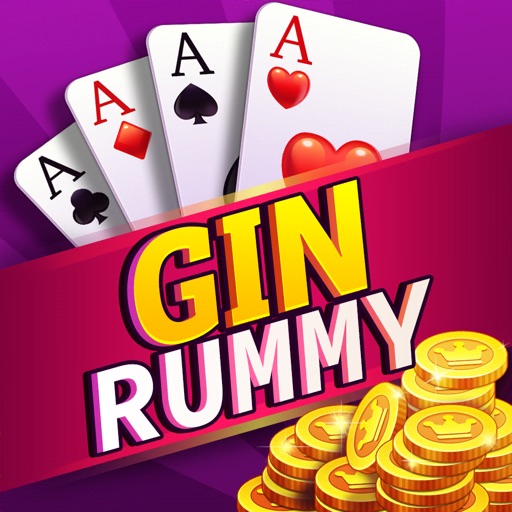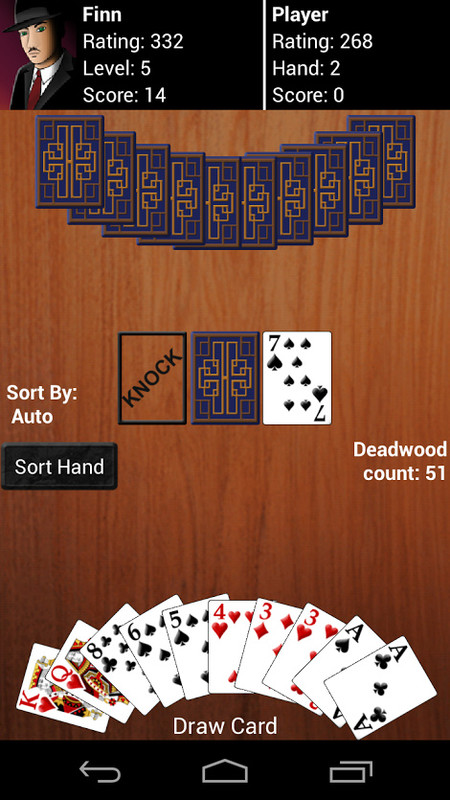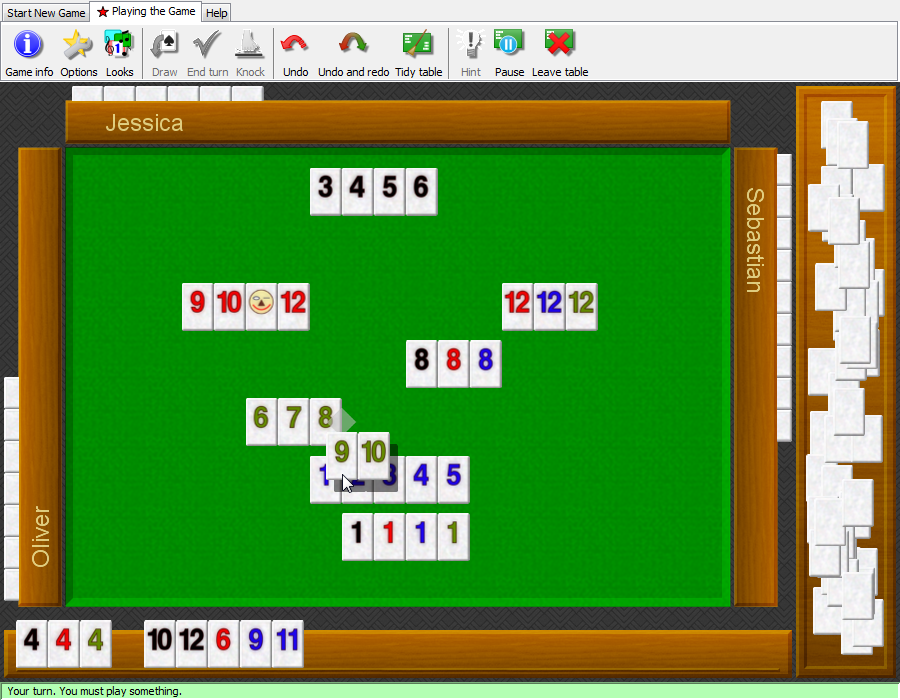
In this game, the player has a complete right over the choice to discard a card or not, it is not at all compulsory. Here, the start is without the concept of a joker and the ace can only be combined with the deuce (or 2) and not the King (or k). Gin rummy is played using a standard rummy deck of cards where 10 cards are given to each player. The difference between them can be discussed as follows: Gin Rummy These versions are said to have originated from America. Where the one is played as a 21 card rummy, the other is a 13 card rummy. These two types or versions of rummy are quite different from each other.
Rummy vs gin rummy how to#
Let us find out how:Īlso Read: How to Make Money Online Through Internet Advertising Rummy 500 vs Gin Rummy The rules for Indian rummy has been designed with the help of rules between Rummy 500 and Gin rummy and is thus a cross between them both. In that aspect, the Indian rummy is to be the combination of Gin rummy and Rummy 500. Also, the rule of playing rummy varies from one place to another despite some of the basic rules remaining the same. While the origin of the game is not yet clear, people from different countries do not pay much attention to it. It is one of the most widely played card games, not only in India but abroad too.

The Indian Rummy is played by a huge population in the country, both online and offline. In another, if a spade is flipped up to start the round, then that round is worth double the points.In India, rummy has been played for a long time now and it has provided utmost entertainment and fun. In one version of Gin Rummy, the card flipped face-up to start the round sets the deadhead point-limit for knocking. Mix it upĬome up with family rules of your own. Players agree beforehand on a winning amount of points, typically 100. This makes for a higher deadwood point count - and significant incentive to hold out and try to Gin. When a player ends a round by going Gin, the same rules apply, except the opponent cannot lay off his cards on the player’s melds. Opponents may also lay off their other cards on the player’s melds if the addition makes a valid meld. When a player ends a round by knocking, his opponents lay down all their valid runs and sets. If a player can complete his hand without any deadwood, he discards his last card face-down and declares “Gin” and earns a 25-point bonus, in addition to his opponent’s deadwood points. Points are determined by the face value of each card held, with Aces worth 1 and face cards worth 10 each.

ObjectiveĪ player can end the round, or “knock,” by placing his discard face-down when he has completed enough melds that his “deadwood” (the cards in his hand, not counting melds) totals fewer than 10 points.

A set is a group of at least 3 cards of the same number (5♥, 5♣, 5♠). A run is a sequence of at least 3 consecutive cards in the same suit (10♣, J♣, Q♣, K♣). He may not discard the one he has drawn until the next hand.Įach player is trying to meld runs and sets in his hand. The player adds this card to his hand and discards another. Each player takes a turn, either taking a face-up card from the discard pile or a facedown card from the stockpile. The dealer then places the remaining cards facedown, creating the stockpile, and turns the top card face up next to it, creating the discard pile.


 0 kommentar(er)
0 kommentar(er)
